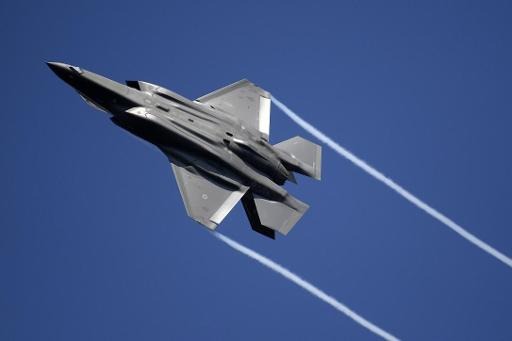The purchase of 34 F-35 fighter jets from the U.S has delivered disappointing results, according to the Flemish newspaper De Morgen.
The Federal Government had hoped that the project would generate almost the same amount of income as the €3.8 billion sticker price for the jets, effectively making the project cost-effective. Several Belgian aeronautical companies, such as Sabca and Asco, had contracts to work on the development of the jets.
For example, in 2017 Asco had existing contracts to develop titanium parts for the F-35’s wings. Sabca has expensive contracts for the maintenance and upgrade of the jets. More money from the purchase of the jets, the government hoped, would lead to opportunities in the technology industry brought over from the American market.
Ultimately, the Belgian government has netted just €700 million in return, or 20% of the original goal, according to a freedom of information request made by De Morgen to the FPS Economy. As such, far from being ‘free’, the jets have now cost a total of 3.1 billion.
“With the purchase of 34 F-35s we guarantee that our country can be a loyal ally in international military partnerships for the next 40 years. Against the purchase price of 3.8 billion, there is a substantial economic return of €3.69 billion for Belgian companies,” then-Minister of Economy Kris Peeters (CD&V) said in 2018.
Destined to fail
De Morgen signals a number of reasons for the disappointing return. They state that Belgium was at a disadvantage due to the fact it did not participate in the original development of the F-35 project, unlike its neighbour the Netherlands.
There was also no way that Belgium could guarantee that Belgium would win contracts. Most military deals in Europe work on tender agreements, meaning foreign companies have the right to bid for the position as supplier or partner to the Belgian F-35 project.
Due to the limited budget of the Belgian armed forces, additional requirements relating to Belgium’s local economy could not easily be negotiated, points out Georges Heeren, a defence specialist at Agoria.
Finland, with a much larger air force budget, builds it's just within the country, providing an additional 4,500 jobs. The scale of the Finnish project is much larger, with an order of 64 jets at €8.9 billion.
Related News
- Committee reveals major failings in Belgian intelligence services
- Belgium will not send howitzers to Ukraine due to unreasonable prices
Other purchases of military equipment by Belgium have lagged behind targets. The order of two drones yielded 2 million in return, €118 million shy of its target. Same story with the purchase of new French armoured vehicles, which netted only 16% of their €910 million target.
According to De Morgen, despite the publication of these results, the Belgian military remains optimistic. “It is true that it is not great so far. Even though it is difficult to give definite figures, the results are not satisfactory at the moment. But I am convinced that we have dynamics that will enable us to achieve good results in the coming years,” General Frédéric Goetynck told the newspaper.
This case shines doubt into plans made by the current Belgian Federal Government to massively expand military spending and investments in order to reach 2% GDP military spending by 2035.
Belgium’s Defence Minister Ludivine Dedonder recently announced an additional €1.8 billion for military R&D, which is intended to create jobs and grow the industry.

